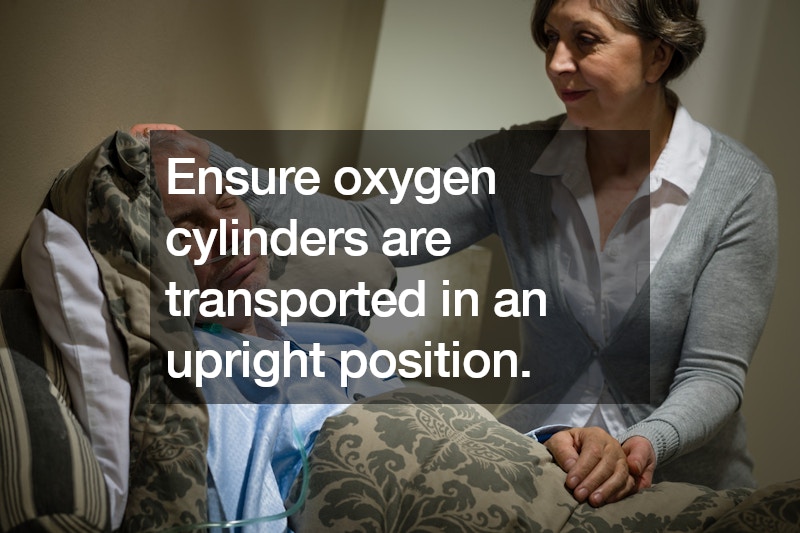
Transporting gas cylinders, particularly those containing oxygen, requires careful handling to ensure safety and compliance with regulations. Whether you’re a business or an individual, here are essential tips for safely transporting oxygen cylinders.
Use Appropriate Containers
Always transport oxygen cylinders in well-ventilated, secure containers. Proper containers prevent the cylinders from moving around during transit, which could cause damage or leaks.
Using custom-made transport cases designed specifically for gas cylinders can offer added protection.
Keep Cylinders Upright
Ensure oxygen cylinders are transported in an upright position. This reduces the risk of leaks and makes it easier to secure them. Specially designed brackets or stands can help keep the cylinders stable during transportation.
Avoid Extreme Temperatures
Extreme temperatures can affect the integrity of oxygen cylinders. Avoid exposing them to high heat or freezing conditions. Transporting cylinders in climate-controlled vehicles can help maintain the appropriate temperature and prevent potential hazards.
Secure Cylinders Properly
Secure oxygen cylinders firmly to prevent them from tipping over or rolling. Use straps, chains, or specially designed holders to keep the cylinders in place. Properly secured cylinders reduce the risk of accidents and ensure safe transportation.
Follow Legal Regulations
Adhere to all local and federal regulations regarding the transportation of gas cylinders. This includes proper labeling, documentation, and handling procedures. Familiarize yourself with guidelines from agencies such as the Department of Transportation (DOT) to ensure compliance.
Regularly Inspect Cylinders
Before transporting oxygen cylinders, inspect them for any signs of damage, leaks, or corrosion. Only transport cylinders that are in good condition. Regular inspections help identify potential issues before they become safety hazards.
.

